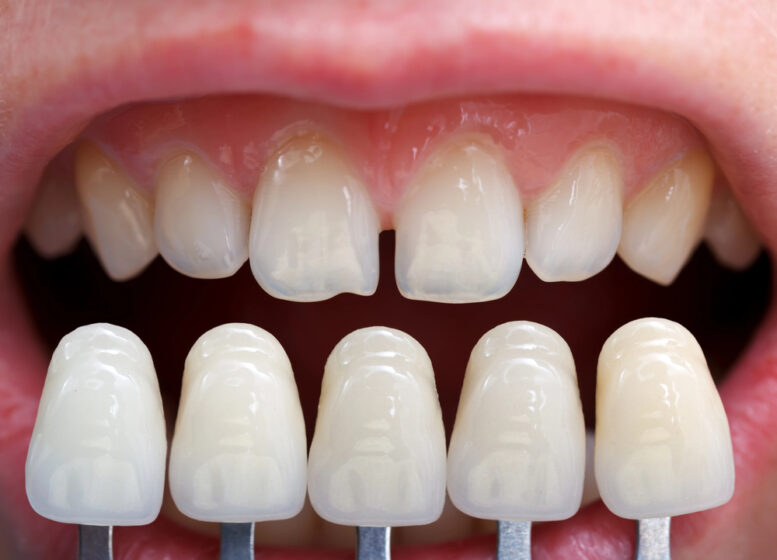The oral care industry is experiencing a period of rapid evolution, driven by advancements in technology, changing consumer preferences, and an increasing focus on overall health and wellness. As we look to the future, several key trends are set to shape the industry, offering opportunities for businesses to innovate and improve their return on investment (ROI). This article explores these trends and provides predictions on how the oral care landscape will evolve in the coming years.
Technological Advancements
One of the most significant trends in the oral care industry is the integration of advanced technology. Innovations such as artificial intelligence (AI), 3D printing, and digital imaging are revolutionizing dental practices and improving patient outcomes. AI-powered diagnostic tools can now analyze dental images with remarkable accuracy, assisting dentists in identifying issues early and developing precise treatment plans.
3D printing is another game-changer, particularly in the realm of prosthetics and orthodontics. Custom-fit crowns, bridges, and aligners can be produced quickly and accurately, enhancing patient comfort and satisfaction. This technology also reduces the time and cost associated with traditional manufacturing methods, thereby improving your ROI.
Cosmetic Dentistry
Cosmetic dentistry continues to grow in popularity as more individuals seek to enhance their smiles. Among the various procedures, porcelain veneers stand out due to their ability to provide a dramatic transformation with minimal invasiveness. Porcelain veneers are thin shells of ceramic that are bonded to the front surfaces of teeth, effectively hiding imperfections such as discoloration, chips, or gaps.
The demand for porcelain veneers is expected to increase as people become more conscious of their appearance and the importance of a confident smile. Dental practices that offer these services are likely to see a boost in patient interest and revenue. By investing in high-quality materials and training for their staff, clinics can ensure they provide exceptional results, thereby improving their reputation and ROI.
Personalized Oral Care Products
Consumers are increasingly seeking personalized solutions for their oral health needs. This trend is driven by the growing awareness that oral health is closely linked to overall health. Companies are responding by offering customized products, such as toothpaste and mouthwash tailored to individual dental conditions, dietary habits, and lifestyle choices.
Advancements in biotechnology and data analytics enable the development of these personalized products. For instance, saliva testing kits can analyze a person’s oral microbiome and provide recommendations for the most suitable oral care products. This personalized approach not only meets the specific needs of consumers but also fosters brand loyalty and repeat business, thus improving your ROI.
Tele-dentistry
The COVID-19 pandemic has accelerated the adoption of telehealth services, including tele-dentistry. Virtual consultations and remote monitoring have become valuable tools for dental professionals, allowing them to provide care to patients who may be unable or unwilling to visit a clinic in person. Tele-dentistry can be particularly beneficial for routine check-ups, post-operative follow-ups, and initial consultations.
The convenience and accessibility of tele-dentistry are likely to drive its continued use even beyond the pandemic. By integrating tele-dentistry into their practice, dental professionals can expand their reach, offer flexible appointment options, and reduce overhead costs, thereby improving their ROI.
Emphasis on Preventive Care
Preventive care is gaining prominence as a cost-effective strategy for maintaining oral health and preventing more serious dental issues. Regular cleanings, fluoride treatments, and dental sealants are essential components of preventive care that can significantly reduce the risk of cavities, gum disease, and other oral health problems.
Education and awareness campaigns are crucial in promoting the importance of preventive care. Dental practices can leverage digital platforms to share informative content and engage with patients, encouraging them to adopt healthy oral hygiene habits. By emphasizing preventive care, practices can reduce the incidence of complex and costly treatments, leading to improved patient satisfaction and better financial outcomes.
Sustainable Practices
Sustainability is becoming a critical consideration for consumers and businesses alike. The oral care industry is no exception, with a growing demand for eco-friendly products and practices. Biodegradable toothbrushes, recyclable packaging, and natural ingredients are among the sustainable options gaining traction in the market.
Dental practices can also adopt sustainable practices by reducing waste, conserving energy, and using environmentally friendly materials. Embracing sustainability not only appeals to environmentally conscious consumers but also enhances the practice’s reputation and attracts a loyal customer base, thereby improving your ROI.
Predictions for the Future
Looking ahead, the oral care industry is poised for continued growth and transformation. We predict that technological advancements will further enhance diagnostic accuracy and treatment efficiency, leading to better patient outcomes and increased profitability. Cosmetic dentistry, particularly procedures like porcelain veneers, will remain in high demand as people prioritize their appearance and self-confidence.
Personalized oral care products will become more mainstream, driven by consumer demand for tailored solutions and advancements in biotechnology. Tele-dentistry will continue to evolve, offering greater convenience and accessibility to patients. The emphasis on preventive care will lead to healthier populations and reduced healthcare costs, while sustainable practices will become a standard expectation.
The oral care industry is on the cusp of significant change, driven by technological innovation, consumer preferences, and a holistic approach to health and wellness. By staying ahead of these trends and adapting to the evolving landscape, businesses can not only meet the needs of their patients but also improve their ROI and ensure long-term success.
